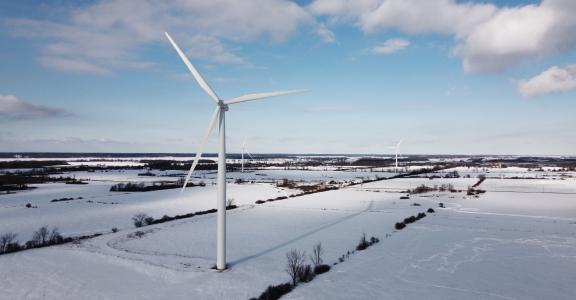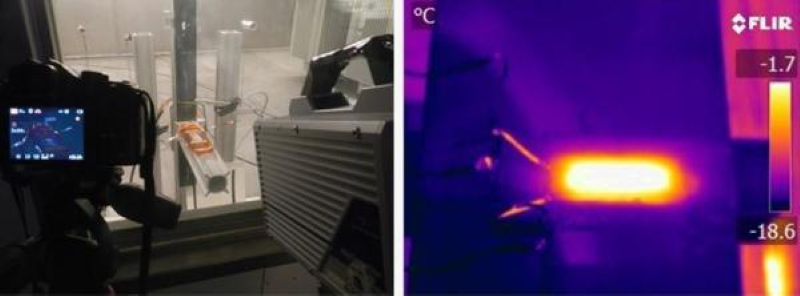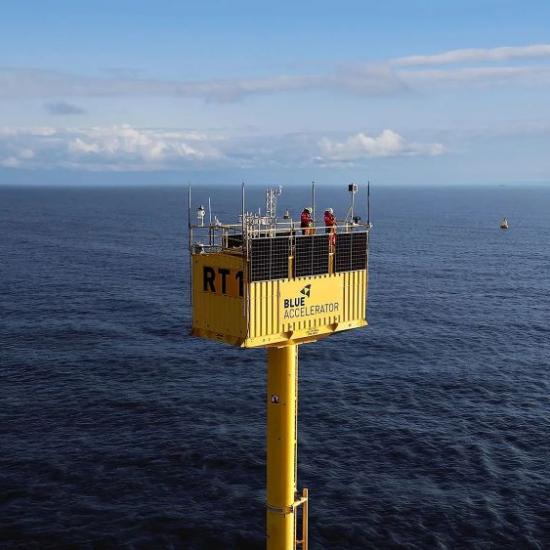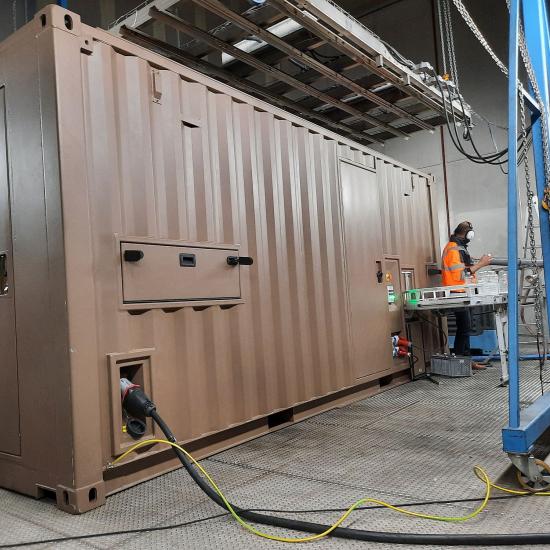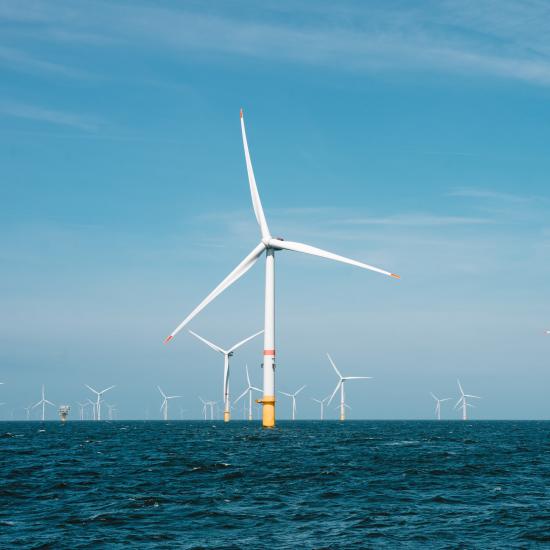Delft University of Technology (TU Delft) conducts pioneering research into new technologies for the wind industry. The research team developed a new technique to prevent icing on turbine rotor blades and used the large climate chamber at Sirris’s OWI Lab to validate their prototype.
- Enormous growth potential for wind energy in cold regions
- Adaptation of wind technology to extremely cold climatic condition
- Laboratory test campaign for new wind turbine de-icing technique
TU Delft’s wind energy research group is a world leader in research into new technologies for the wind industry. The university is also working hard to further encourage and facilitate the use of wind energy worldwide.
“As TU Delft lacks the necessary testing facilities, the researchers came to test their prototype at Sirris’s OWI Lab in late 2015.”
Keeping turbines ice-free
The wind energy market in the High North is on the cusp of a major breakthrough. Its potential could even exceed that of the offshore market, as the excellent wind conditions and higher air density in cold regions mean that production output is greater. What’s more, there is much less opposition to the construction of large wind farms due to the low population density.
That said, the cold climate throws up new challenges. All machine parts and materials must be able to withstand low temperatures, for example, and icing on rotor blades can destabilise the turbine and cause damage to the blades or turbine housing. If the ice comes loose, it also poses a safety risk to local residents and maintenance technicians.
Controlled testing of icing
TU Delft researchers examined the issue of icing and developed a completely new de-icing technique. Because they lack the necessary test facilities themselves, they came to test their prototype in the climate chamber at Sirris’s OWI Lab in late 2015.
The large climate chamber is perfectly suited for carrying out icing tests quickly and efficiently as it can cool rapidly to -60 °C and use ice-spray guns to simulate ice formation. The researchers were able to observe the whole testing process through the chamber’s large window using high-speed cameras, and a thermal camera capable of withstanding extremely low temperatures was set up inside the climate chamber.
Prototype validated
TU Delft’s testing campaign lasted three days, during which the researchers monitored the process closely. The test results helped them to understand where further optimisations could be made. The prototype has since been validated and the university is looking at how its innovative de-icing technique can be brought to market.
